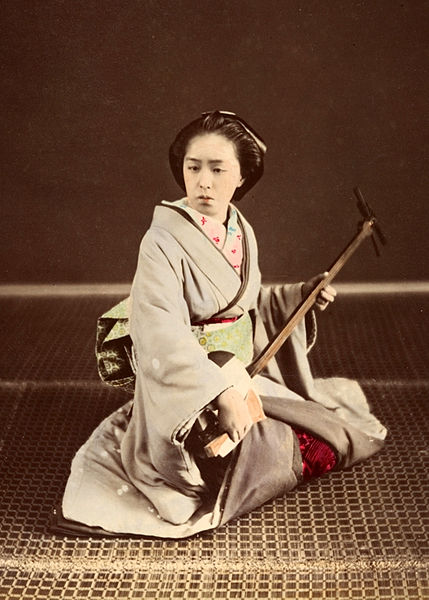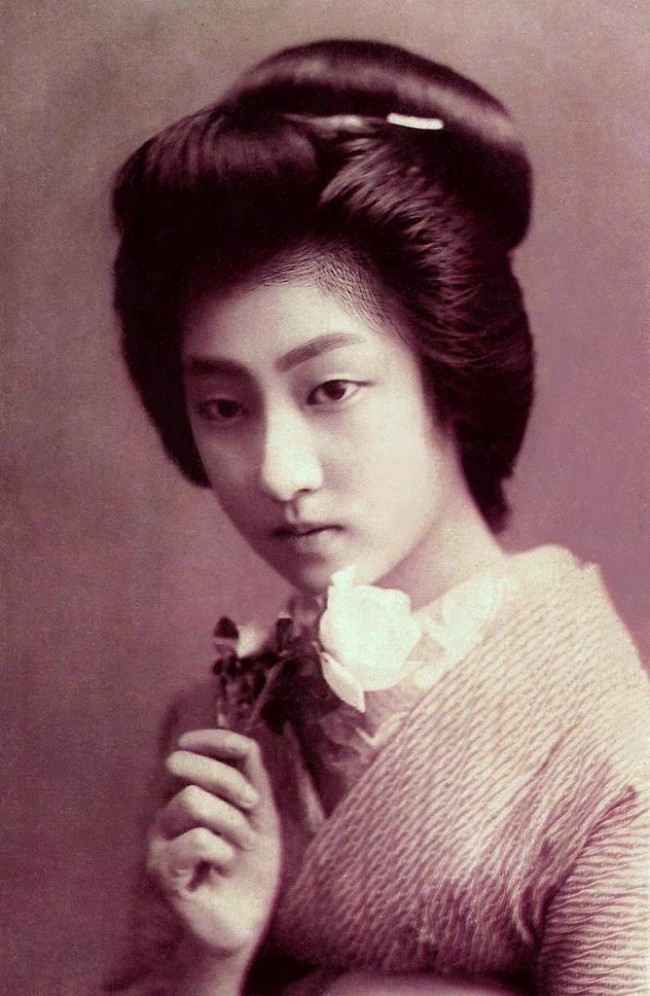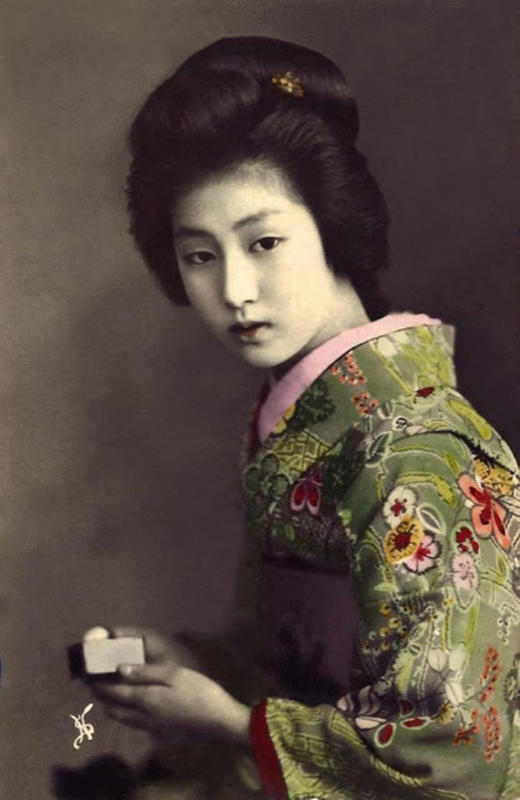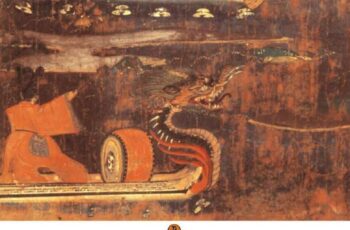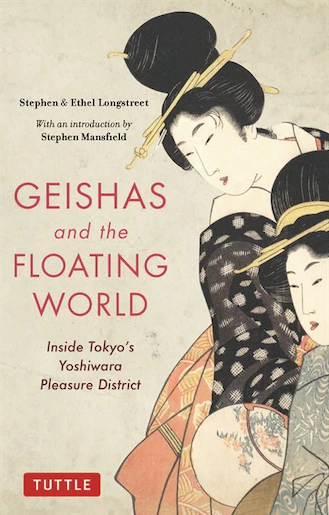
Geishas and the Floating World by Stephen and Ethel Longstreet examines the history and development of Tokyo’s red-light district of Yoshiwara. The name of the book misleads a little. Most of the book focuses upon the prostitutes that worked Yoshiwara. The authors note that geisha weren’t sex workers, but geisha did blur the line as did the higher-class prostitutes of the district. Geisha acted as concubines for the rich and involved themselves, sometimes, with sex acts. Likewise, prostitutes sometimes learned the shamisen, dance, and the other arts of the geisha. It was the focus of the women’s, shall we say, careers that determined the amount of sex work they did. The higher status geisha had to sell their bodies less, if at all, while the higher class prostitutes sold their arts more than their bodies, but their bodies were still the main selling point. The lines especially blurred with the lower-class geisha and the mid-class prostitutes.
In any case, the book hits the major points of the district, from its founding to its transition to modern-day soaplands with the “outlawing” of prostitution in modern Japan. As I’ve touch on in previous articles, prostitution is outlawed only a paper since vaginal intercourse is illegal. Everything else, along with private arrangements between the john and the woman, remains on the table.
Speaking of these details, the authors don’t shy away from discussing the acts of the Yoshiwara with detail. Their quotes from various historical observers prove to be interesting. Yoshiwara had its own poetic language for what was on the menu, including phrases like “splitting the melon”, “dew mingling”, “black moss” and other euphemisms. One writer quoted in this section, Shogi Okada, dates to 1794. I will include one important quote from Okada because it describes some of the acts women had to do. It is graphic:
It is the woman’s duty with respect, eyes lowered, to gently seek out the guest’s pleasure. To hint, to make bold little gestures toward his parts and his body, to see what he will enjoy, and give little cries of delight. Handling of his genitalia with grace and charm took place, then the oral manipulation, mouthing taught from a manual as to tongue and lips, pressure, pace, and intensity. If the guest is elderly, this “silk trembling” should not continue to the discharge of his vital juices. But of a young man the pleasure should continue to full flood. Elderly guests who have come stored with their carefully hoarded potency for this night, should be caressed, mouthed, but not brought to full flowing too soon unless that is their way to pleasure…. Rather a wise girl perks his interest till his tree is firm and solid and erect. Then asks which way he wants to proceed to the fruit bursting.
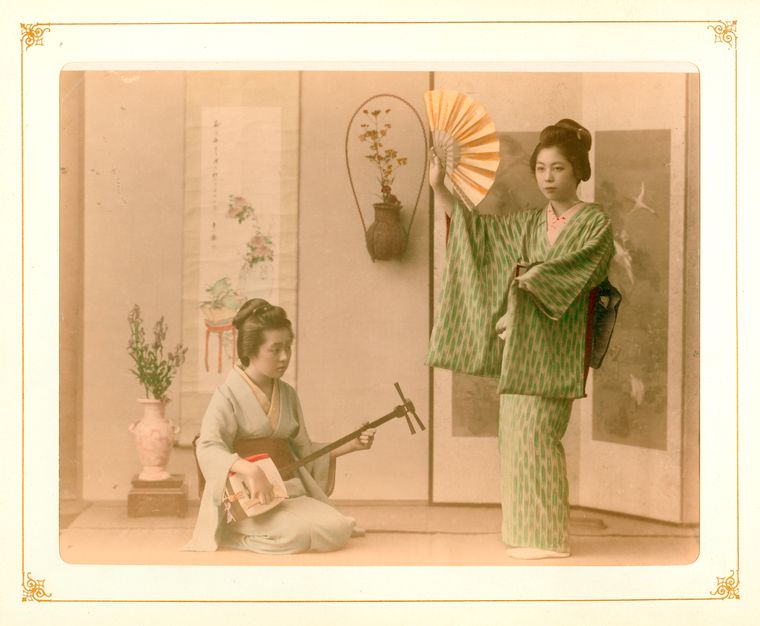
A few centuries later, the journalist Aisaburo Aikyama, writing after World War I, accounts of the twilight years of such women:
Frankly speaking, the closing pages of the geisha life is like a withering flower whose pretty color and fragrant scent have forever gone, nobody caring even to spare a glance to it and more so to touch it any more. But let us look back upon a geisha in the prime of age, enjoying a peerless popularity, attired in silk and brocade kimono,s ruining countless riches and dignitaries, depriving them of high ranks and wealth, and finally making them bow down under their slender knees. Showered with amorous arrows from all sides, with her fame spread far and wide, she triumphantly displayed scenes enviable to lovelorn persons and was as boastful as a peacock. As fast as fleeting clouds, all these turned out in the twinkling of an eye nothing but a passing dream…In vain she wished for a palatial vehicle that is being ridden by somebody else now-a-days. Fortune had passed off without lingering at her door. Her beauty and pride have all gone side by side. Now that she begins to wish for mental contentment and restful days, her once attractive look and unstained chastity are no more. Presently the devils attacker her in the form of dejection and desperation. Then too late, too late! Alas, our poor girl!
A bit flowery, but you the the idea. The authors sometimes look at love and women’s lives in the red-light district. The few sections that look at the mental health of the women are interesting. While I’d like that to be more of a focus than the perspective of the johns, this is history. We don’t have documents from Yoshiwara’s women. We have analogs with the writings of Sei Shonagon, which the authors quote, but Shonagon was still a noble woman. There is a surviving poem from a courtesan and a letter from one of her admirers, a Chinese sage named Hikosei. Here’s the letter:
You, who are the leading courtesan of a superior house of pleasure, are richly gifted by Heaven with a hundred various graceful accomplishments most excellent in woman. I, being a stranger and a sojourner from a far-off land, must sail away without beholding her charms, but I shall long for you while tossed upon the bosom of the boundless sea.
The courtesan, known as Hana-ogi, apparently wrote many poems and other works, but only one survives:
Even with the shining moon of Autumn His face last seen in the Spring Still is printed In my inner mind…
As the book’s authors mention, we can only speculate about the lives of the women of the Yoshiwara, but there were also male prostitutes too. As the authors wrote: “Most of the guests at the male brothels were priests and the military. These debauchees dressed as women, aped to walk and voices, and wore long hair in the fashions of women.”
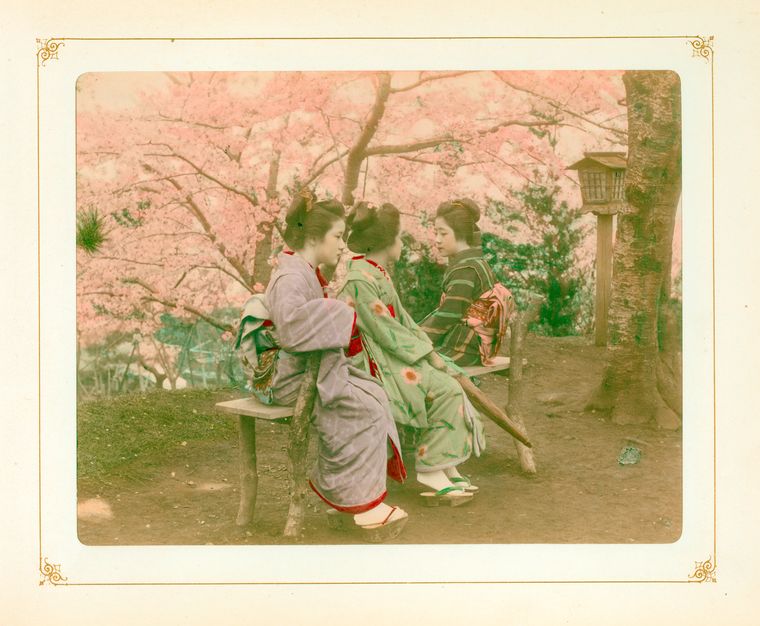
Sometimes in the book, the authors’ voice takes on a tone of condensation or of a Victorianesque prudishness in their discussions. It’s not regular, but it jumps off the page when you encounter it. The authors take pains to emphasize geisha weren’t prostitutes, which is true from all the books I’ve read on the subject, but the authors don’t hesitate to point out where the lines blur. At times, the authors fall back on Sigmund Freud for some of the sexual psychology. The book was first written in the 1970s before Freud’s theories were largely discredited. Despite these problems, the authors don’t shy away from discussing sex toys available at the Yoshiwara shops and sex acts on the menu–including lolita (the surviving history suggests this was less common than we’d think). The chapters that touch on the mental state of the women were the most interesting for me. They lived short lives, but, if the stories can be believed, a few achieved high status and even married into wealth.
It’s important to remember that women didn’t have wide-access to education or wealth for themselves. Geisha culture offered a chance at both. Even higher-end prostitution granted access to education and a chance for a woman to own a business. Many brothel-owners were former courtesans. Geisha and oiran (the highest class of prostitute) even influenced the course of Japanese history with their discussions and relationships with the men who drove those decisions. We cannot know exactly what these women said or did, but there’s some indirect evidence this was the case. Again, we lack good historical information from the women’s perspective. While it’s difficult to read the history of the Yoshiwara and the status of women at the time, we have to look at history in its context. Many of these kept women had more freedom and privilege than urban wives did (rural wives, historically, had more equal relationships because of the nature of rural work). Some Yoshiwara women were even from samurai families.
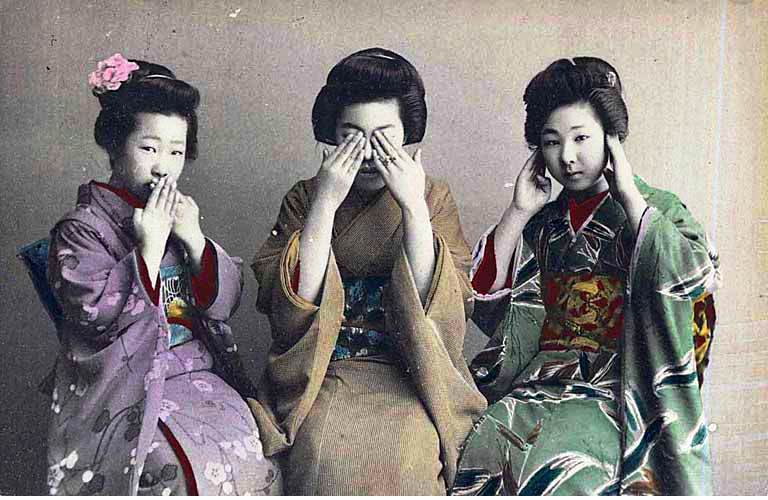
The Yoshiwara lost its status in the modern period as sex services decentralized and laws formally outlawed traditional prostitution, if not in practice. It’s interesting that the reasons behind the Yoshiwara was to monopolize and centralize the sex trade in order to keep it from spreading throughout the city of Edo, only to have that very thing happen in the modern period. As Ieyasu wrote:
Virtuous men have said, both in poetry and classic worlds, that houses of debauch, for women of pleasure and for streetwalkers, are the worm-eaten sports of cities and towns. But these are necessary evils, and if they be forcibly abolished, men of unrighteous principles will become like raveled thread.
Geishas of the Floating World provides an interesting overview of the Yoshiwara. The book isn’t exhaustive, but it provides a reasonable read. While the book doesn’t delve into sexuality in modern media, you can see how this ties into Japan’s deep history with the sex trade. Many people prefer to ignore prostitution and other related roles in history. Japanese history, in many ways, elevates the oldest profession into a trend setter and, with the blurring lines of historical geisha, into safeholds for traditional ritual, dress, music, and stories. The contrast of trusting the socially lowest rank of women with the highest arts is an interesting quirk of history. Now if only we had more of those women’s writings, such as those of Lady Nijo, so we can better understand their lives.
